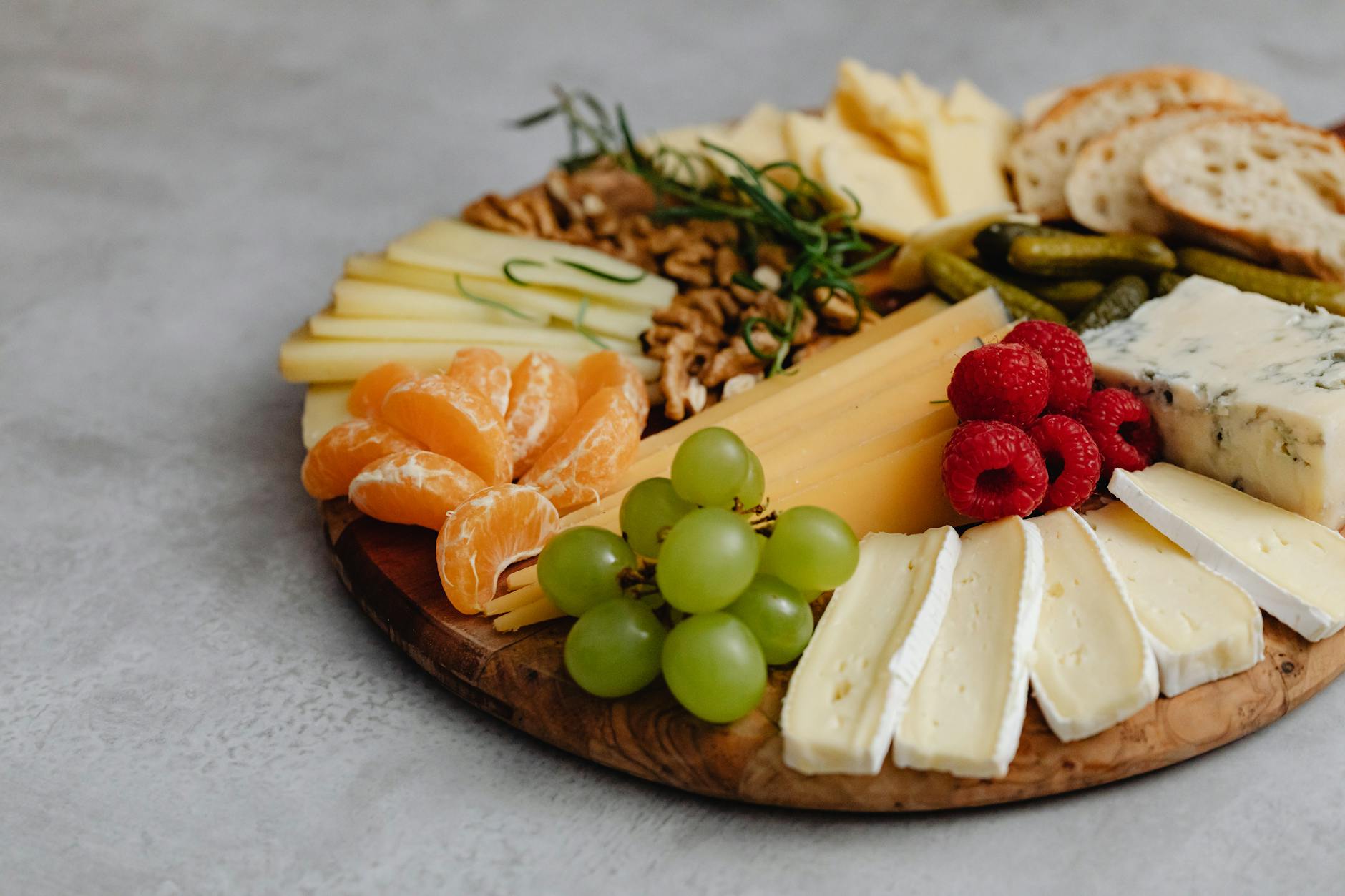Every day, you face the same question: should you cook dinner or just order food? It seems like a simple choice, but the economics behind cooking versus ordering food is more complex than you might think. Let’s break down the real costs, hidden expenses, and smart strategies that can help you make the best decision for your wallet and lifestyle.
The Price Tag Reality Check
At first glance, cooking at home seems like the obvious money-saver. You can whip up a home-cooked meal for $3-8 per person, while ordering food typically costs $12-25 per person—sometimes much more. But here’s where it gets interesting: the real cost of cooking involves more than just ingredients.
Hidden costs of home cooking include:
- Initial kitchen equipment investment ($500-3,000 for basics)
- Monthly utility bills (gas, electricity, water)
- Grocery shopping time and transportation
- Food waste from unused ingredients
- Cleaning supplies and time
Hidden costs of ordering food include:
- Delivery fees and service charges
- Tips for delivery drivers
- Impulse ordering of extras
- Health costs from frequent restaurant meals
- Time spent browsing menus and waiting for delivery
The bottom line? Home cooking wins on cost, but the gap isn’t always as wide as it appears.
Your Time is Money—But How Much?
Here’s where things get personal. The time you spend cooking has real economic value, and it varies dramatically based on your situation. If you earn $50 per hour, spending three hours weekly on meal prep represents $150 in opportunity cost. But if you’re unemployed or have flexible schedules, that cooking time might actually be valuable “you time.”
Consider these time factors:
- Meal planning and grocery shopping: 2-3 hours weekly
- Active cooking time: 30-60 minutes per meal
- Cleanup and dishwashing: 15-30 minutes per meal
- Learning new recipes and techniques: Additional time investment
Time-saving cooking strategies:
- Batch cooking on weekends
- One-pot meals and sheet pan dinners
- Slow cooker and pressure cooker recipes
- Meal prep services with pre-chopped ingredients
Check out: 30 Useful Kitchen Hacks That Save Time and Money for Beginners
The Health Factor: Your Future Self Will Thank You
This is where cooking really shines economically. Restaurant meals are notorious for oversized portions, excess sodium, and hidden calories. When you cook at home, you control exactly what goes into your food—and that control can save you thousands in healthcare costs down the road.
Health benefits of home cooking:
- Better portion control
- Less sodium and processed ingredients
- Customization for dietary needs
- Reduced risk of obesity and chronic diseases
Long-term economic impact:
- Lower healthcare costs
- Reduced medication expenses
- Fewer sick days and better productivity
- Improved quality of life
Location, Location, Location
Where you live dramatically affects the cooking versus ordering equation. Urban dwellers often face higher grocery costs but have access to competitive delivery options and diverse restaurants. Rural residents might save on groceries but have limited ordering choices and higher delivery fees.
Urban advantages:
- Competitive restaurant pricing
- Fast delivery times
- Diverse food options
- Grocery delivery services
Rural advantages:
- Lower grocery costs
- Access to local farms and fresh produce
- Larger kitchens for meal prep
- Less temptation to order food frequently
Family Size Makes a Huge Difference
The economics change dramatically based on how many mouths you’re feeding. Cooking for a family of four can cost $15-20 total, while ordering for the same family easily hits $60-100. The savings multiply with each additional family member.
Single person considerations:
- Smaller ingredient quantities needed
- Less food waste concern
- Meal kits might be cost-effective
- Frozen and pre-prepared options more reasonable
Large family benefits:
- Bulk buying and batch cooking savings
- Teaching kids valuable life skills
- Greater control over family nutrition
- Substantial cost savings over time
The New Middle Ground: Hybrid Solutions
You don’t have to choose between cooking everything or ordering everything. Modern food services offer smart compromises that can optimize both your time and money.
Popular hybrid options:
- Meal kit services (Blue Apron, HelloFresh)
- Grocery pickup and delivery
- Pre-prepped ingredients from stores
- Restaurant-quality frozen meals
- Rotisserie chickens and pre-made sides
These services typically cost more than traditional grocery shopping but less than restaurant meals, while saving you significant time on planning and shopping.
Technology is Changing the Game
Apps and kitchen gadgets are revolutionizing both sides of this equation. Food order and delivery apps make ordering incredibly convenient (though fees add up), while kitchen technology makes cooking faster and easier.
Cooking technology helpers:
- Instant Pots and air fryers for quick meals
- Meal planning apps with automated grocery lists
- Smart appliances that cook while you’re away
- Recipe apps with step-by-step guidance
Ordering technology considerations:
- Delivery apps with fees and surge pricing
- Loyalty programs and promotional offers
- Subscription services for regular orders
- Online ordering systems with customization
Environmental and Social Costs
Your food choices impact more than just your wallet. Frequent ordering creates packaging waste and increases carbon emissions from delivery vehicles. Home cooking typically has a smaller environmental footprint and can bring families together around the dinner table.
Environmental considerations:
- Reduced packaging waste from home cooking
- Lower carbon footprint from fewer deliveries
- Support for local farmers through grocery choices
- Less food waste with better portion control
Smart Strategies for Maximum Value
The most successful approach combines both cooking and ordering strategically. Here’s how to optimize your food economics:
Cook at home when:
- You have time and energy
- Ingredients are simple and affordable
- You’re feeding multiple people
- You want to try new recipes
- You’re watching your budget closely
Order food when:
- You’re extremely busy or stressed
- It’s a special occasion or social event
- You’re craving something complex to make
- The cost difference is minimal
- You want to support local businesses
The Psychology of Food Decisions
Understanding why you choose to cook or order can help you make better economic decisions. Many people order food when they’re tired, stressed, or haven’t planned ahead. Recognizing these patterns can help you prepare alternatives.
Common ordering triggers:
- Long work days and decision fatigue
- Lack of meal planning
- Empty refrigerator syndrome
- Social situations and celebrations
- Weather extremes
Cooking motivation boosters:
- Meal prep sessions on weekends
- Simple, go-to recipes for busy days
- Keeping pantry staples well-stocked
- Finding cooking videos or communities for inspiration
Building Your Personal Food Strategy
The key to optimizing your food economics is creating a personalized strategy that fits your lifestyle, budget, and preferences. Consider these questions:
Financial priorities:
- What’s your monthly food budget?
- How much can you invest in kitchen equipment?
- Are you saving for other goals?
- What’s your current income stability?
Time considerations:
- How many hours can you realistically dedicate to cooking?
- What’s your work schedule like?
- Do you have family obligations?
- When do you have the most energy for cooking?
Lifestyle factors:
- Do you enjoy cooking as a hobby?
- Are you trying to eat healthier?
- Do you have dietary restrictions?
- How important is convenience to you?
Future Trends to Watch
The food landscape continues evolving rapidly. Virtual restaurants, ghost kitchens, and automated cooking systems are changing how we think about food preparation and ordering. Sustainability concerns are pushing more people toward home cooking, while busy lifestyles maintain demand for convenient ordering options.
Emerging trends:
- Robot-prepared meals in restaurants
- Vertical farming reducing grocery costs
- AI-powered meal planning and shopping
- Sustainable packaging innovations
- Community cooking and meal sharing programs
Your Action Plan
Ready to optimize your food economics? Start with these practical steps:
Week 1: Track your current spending
- Record every food purchase for one week
- Note time spent on food-related activities
- Identify patterns in your cooking vs. ordering habits
Week 2: Experiment with alternatives
- Try one new cooking shortcut or technique
- Test a meal kit or grocery pickup service
- Calculate the true cost of your most frequent orders
Week 3: Develop your strategy
- Plan meals for busy days versus relaxed days
- Stock your pantry with quick-cooking staples
- Set realistic goals for cooking frequency
Week 4: Refine and optimize
- Adjust your approach based on what worked
- Invest in time-saving tools that proved valuable
- Create backup plans for when cooking isn’t feasible
The Bottom Line
The economics of cooking versus ordering isn’t just about money—it’s about finding the right balance for your life. While home cooking generally offers significant savings and health benefits, the best approach for most people involves strategic use of both options.
By understanding the true costs, considering your personal circumstances, and leveraging modern conveniences, you can create a food strategy that satisfies your taste buds, supports your health goals, and keeps your budget on track. Remember, the perfect solution is the one that works sustainably for your unique situation.
Whether you’re a cooking enthusiast or a delivery devotee, small changes in your approach can lead to significant improvements in both your finances and well-being. Start with one or two adjustments, and gradually build habits that support your long-term goals. Your future self—and your wallet—will thank you.
Disclaimer: This article is for informational purposes only and does not constitute financial, health, or professional advice. Individual circumstances vary, and costs mentioned are estimates that may differ based on location, lifestyle, and personal choices. Always consult with qualified professionals for personalized advice regarding your specific financial or health situation. The author and publisher are not responsible for any decisions made based on the information provided in this article.



